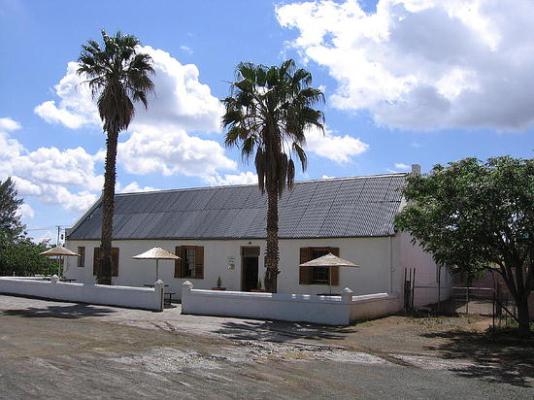

The village of Carnarvon south of the Karee Mountains was established on one of the routes followed by the early explorers and traders between the Cape and Botswana.
Renish missionaries started work among the local Khoikhoi tribes and the first station established was Schietfontein. Another station called Harmsfontein was founded further east. This gradually developed into a village.
The name Carnarvon was given in honour of Lord Carnarvon, British Colonial Secretary at the time.
Carnarvon is set among flat-topped hills and is one of the regions busiest farming centers. The economy of the district is based on merino sheep farming.
The district is well known for its corbelled houses, built between 1811 and 1815 and the Afrikaans poet A.G Visser - who had strong associations with Carnarvon. The house where he lived still stands.



